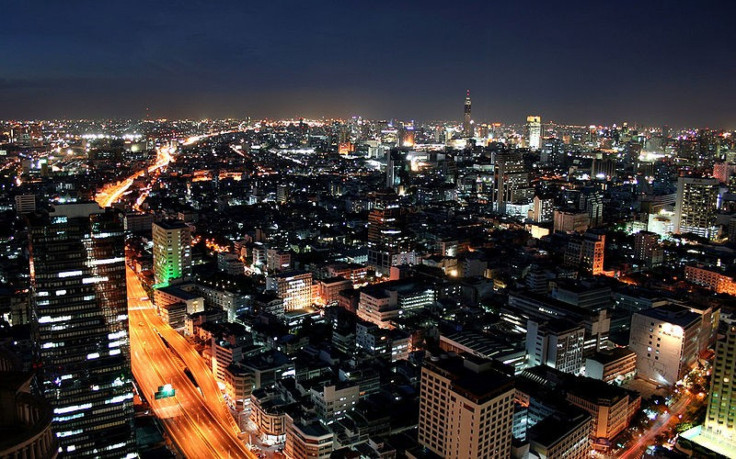Thailand’s Industrial Output Climbs To 36.1% In October

Thailand’s industrial output grew in October more than expected compared with its output during the same period last year, indicating an upswing in manufacturing.
According to data released Tuesday by the Office of Industrial Economics of Thailand, the country’s industrial production, which measures the change in the total inflation-adjusted value of output produced by manufacturers, mines and utilities, rose 36.1 percent in October compared with its output during the same month last year, up from a 15.9 percent fall in September and exceeding analysts’ expectations of 29.8 percent.
This report comes after it was reported earlier this month that Thailand’s economic growth slowed down in the third quarter, compared with the same measure in the previous quarter. The data published earlier this month by the National Statistical Office of Thailand showed the country’s gross domestic product, or GDP, which measures the annualized change in the inflation-adjusted value of all goods and services produced by the economy, grew 3 percent in the quarter ending Sept. 30, compared with that of the same period last year, down from 4.4 percent growth in the second quarter.
The report on industrial production comes ahead of a policy meeting by the Bank of Thailand (BoT) to be held Wednesday, which will decide where to set the benchmark interest rate. Last month, the BoT cut its policy rate by 25 basis points to 2.75 percent.
Considering that Thailand’s export-led growth model has been affected by the global economy, it can be expected that the BoT will further cut its policy rate by 2013. Inflation is unlikely to be an obstacle for the central bank to ease the policy further.
The BoT noted that the downside risks to the global economy remained a key concern for Thailand’s central bank. While recent monetary policy easing measures among major economies supported financial markets, the BoT viewed the global economic outlook as weak. The central bank cited the possibility of China’s economy slowing further, the U.S. falling off its fiscal cliff, and an escalation in the euro zone crisis as significant downside risks for Thailand and the rest of emerging Asia.
Meanwhile, the government and the central bank are driving aggressive measures to push consumption and investment growth, including extending a rice pledging scheme and a first-home owner scheme.
© Copyright IBTimes 2024. All rights reserved.




















